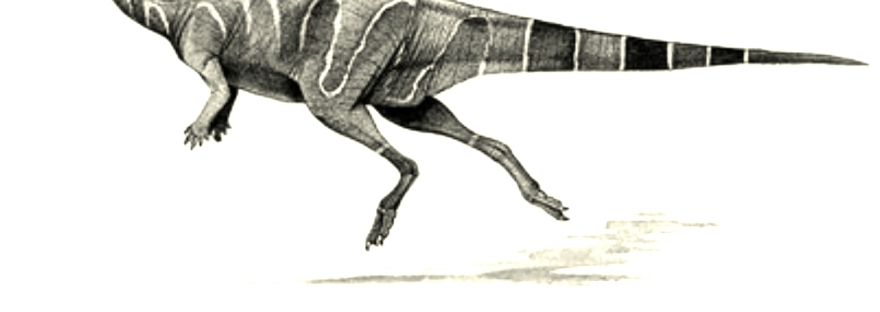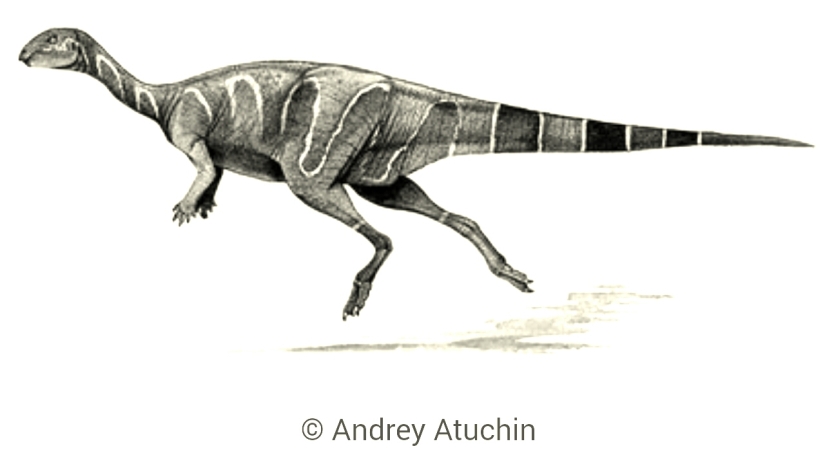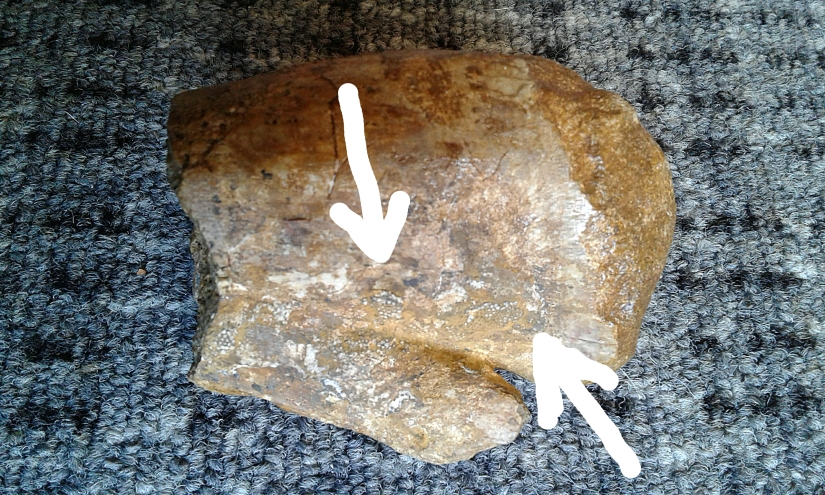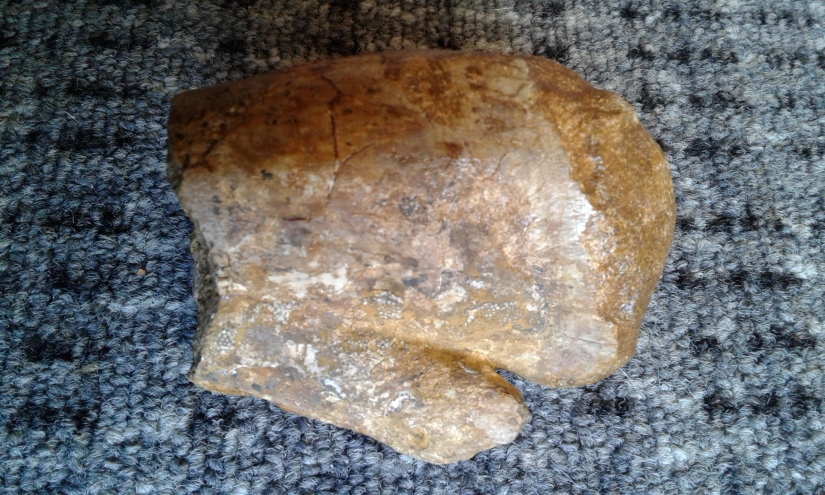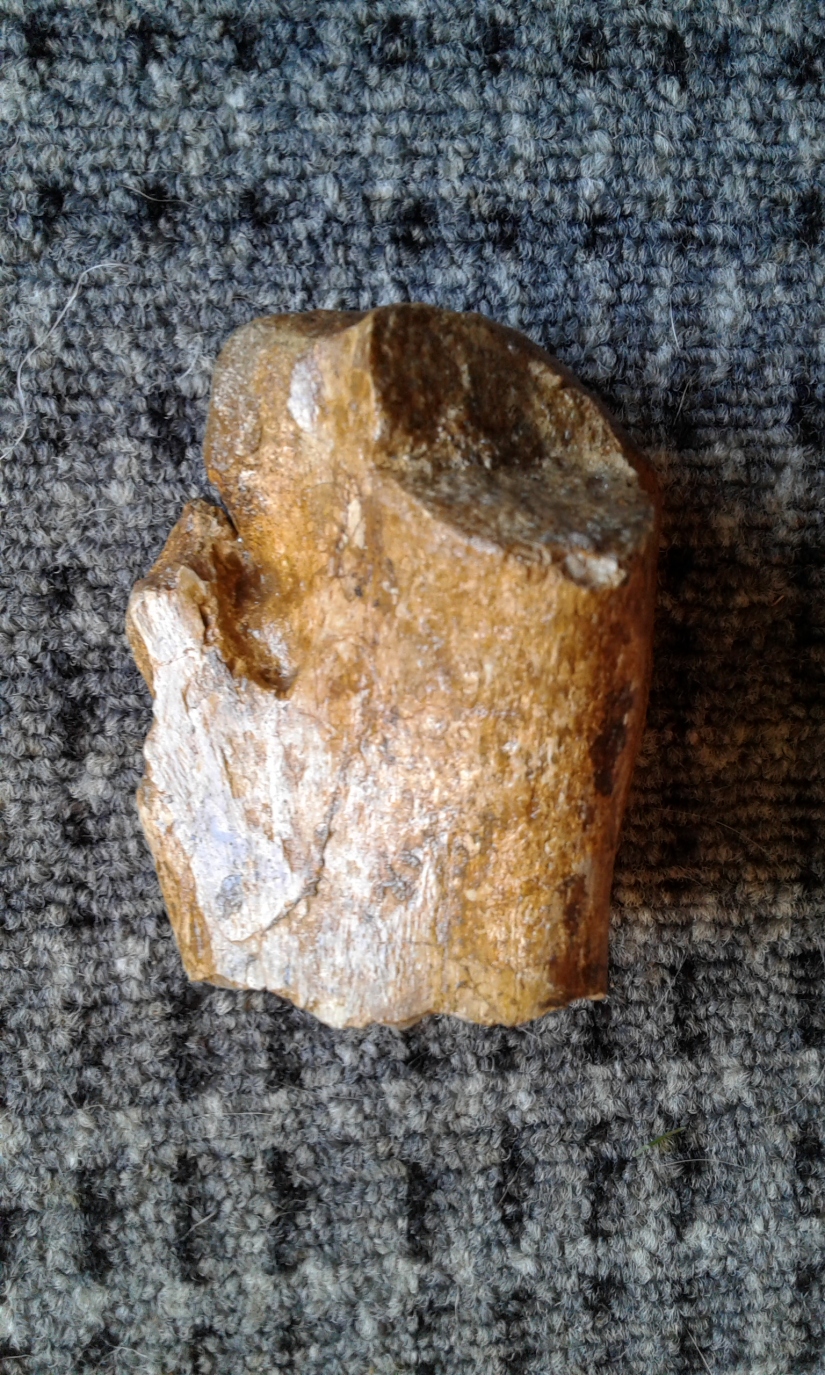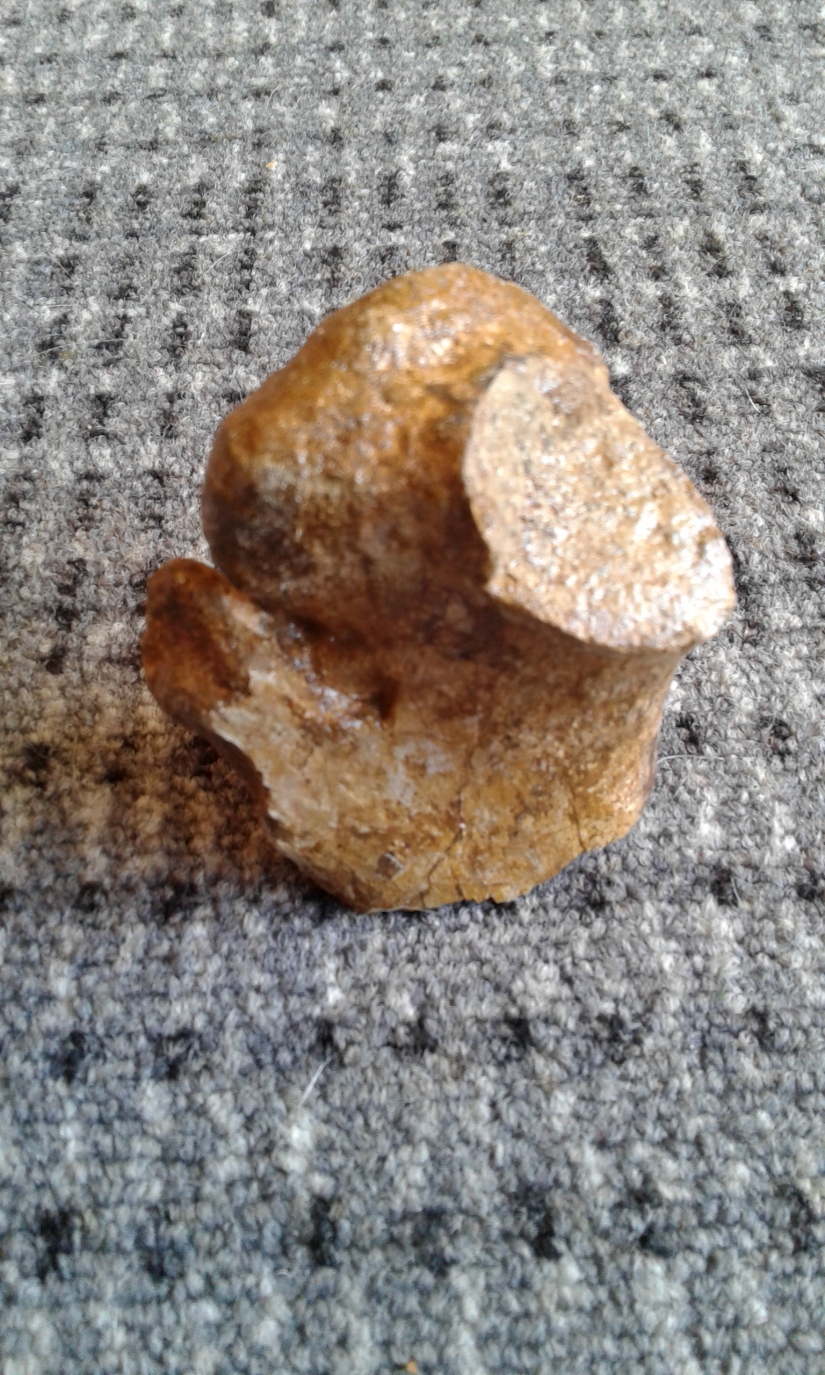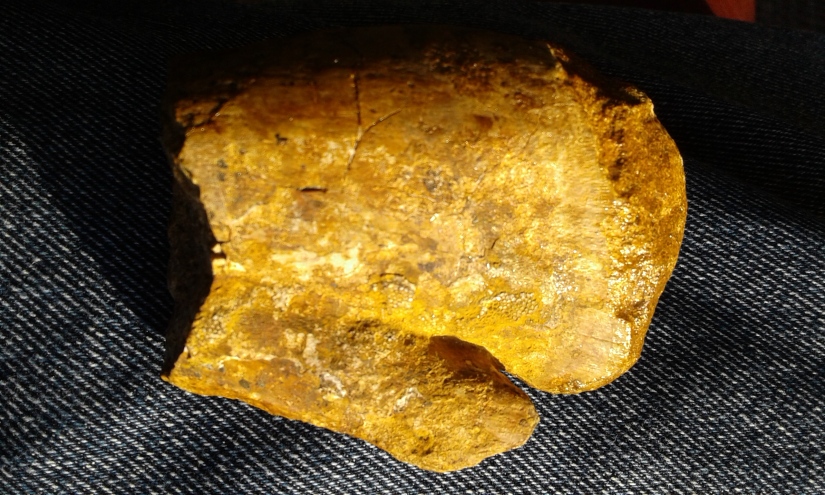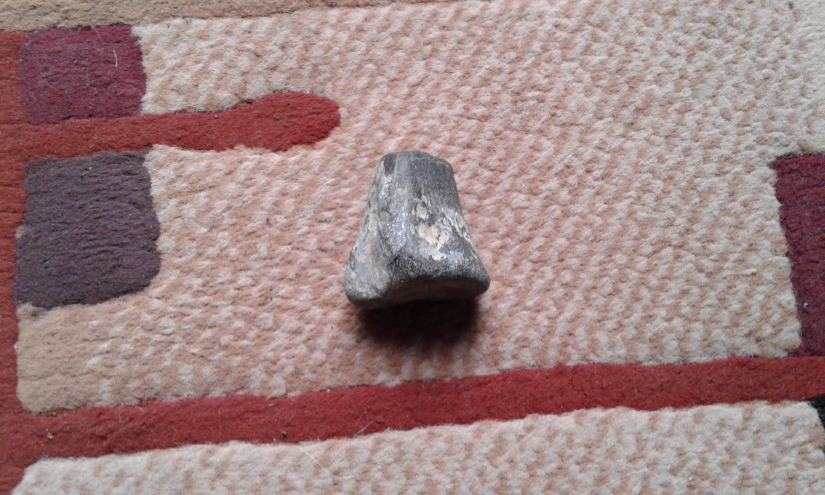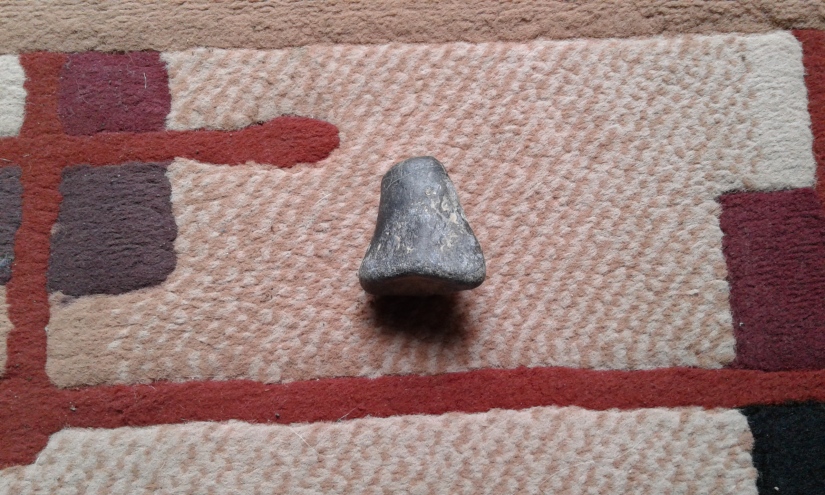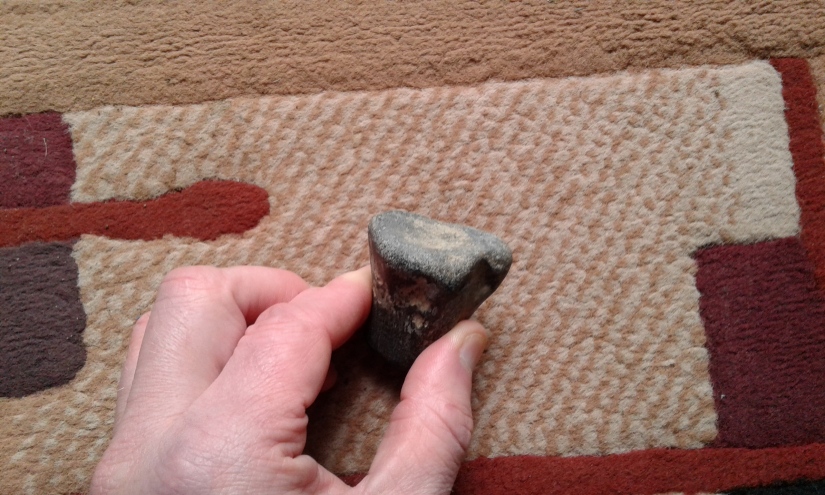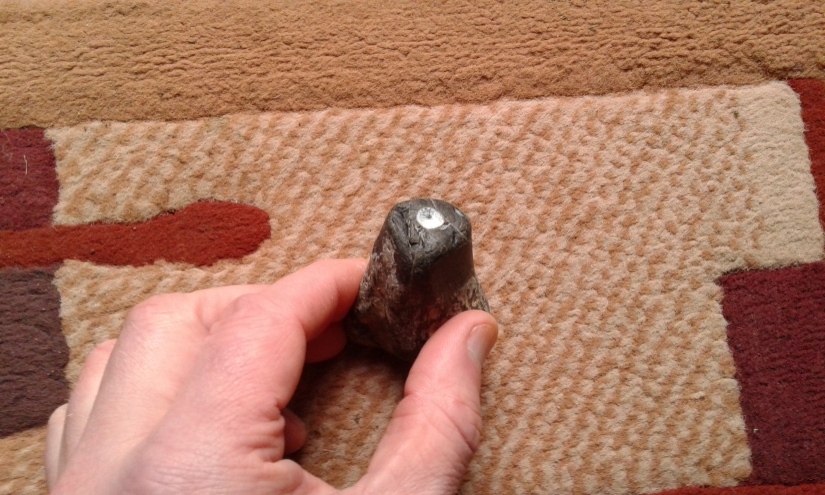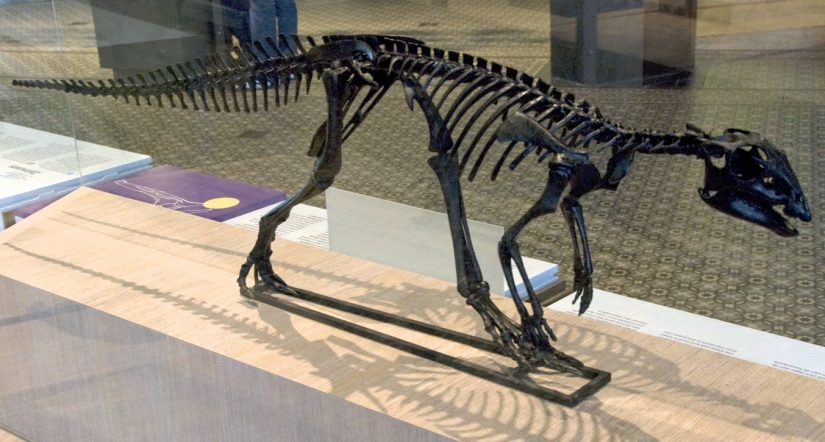Hi folks.
It would be nice to think that someone other than me will be reading this post but at the time of starting this draft my last post is sadly still awaiting its first view!
So what to do, am I wasting my time or is it worth persevering. I would ask for advice but that will not come if no ones reading in the first place. Still I suppose we write these things as much for ourselves as others and who knows perhaps I will get a following some day!
I wrote last time (“Dinsaur Bones”) of our Valdosaurus femur find and mentioned another fragment of bone which came out of the same red muddy clump. This piece was also cleaned and prepared at the Dinosaur Farm Museum on the Military Rd, Isle of Wight (thanks to Oliver). He believed it to be a fragment of tibia but not from our Valdosaur, this piece was from a theropod. This bone is not from a large animal as you may be able to see from the pictures it would have come from a dinosaur perhaps similar in size to our Valdosaur and may have even seen it as potential prey. Although again it is only a fragment it does have one unusual thing preserved on it. The bone has been partially crushed but it does have what may well be a tooth impression (or scratch mark) running longitudinally along one side. Hopefully the pictures will show this. It’s not unheard of but quite rare to find bone with tooth marks preserved and the orientation of this one may imply that this animal was either predated or perhaps scavenged after death by one or more carnivorous animals. So it appears our predatory theropod ended up as a meal for other meat eaters!
Small to medium sized theropods are poorly known from the UK and mostly only recorded from isolated bones, teeth and footprints etc. Perhaps the best example is the recently discovered Eotyrannus Lengi which is believed to be an ancestor of the Tyrannosaurs. This was found at least partially articulated and with many bones present is one of the best known.
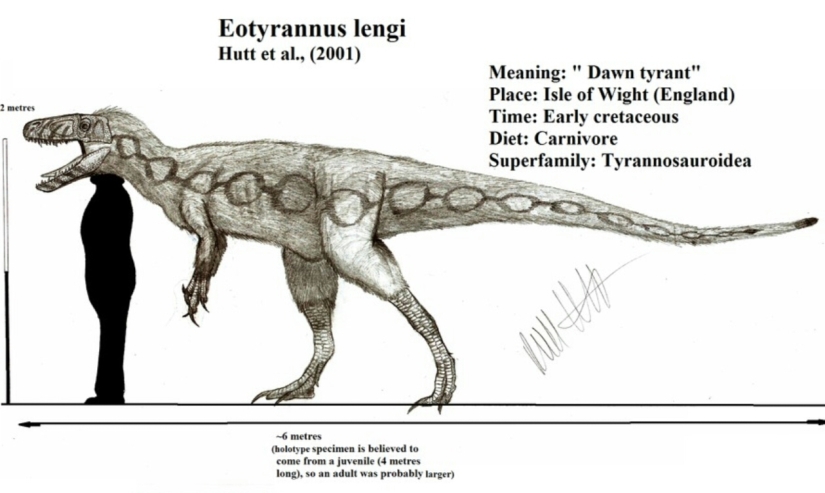
Picture from (The Dinosaur Database)
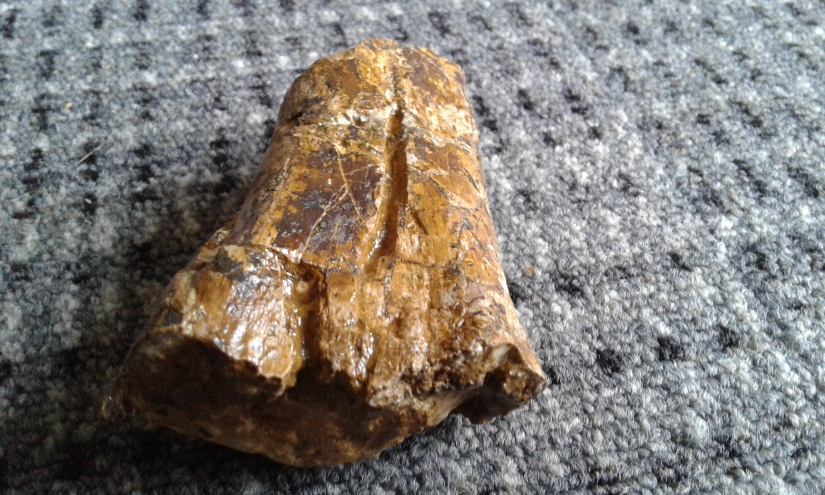
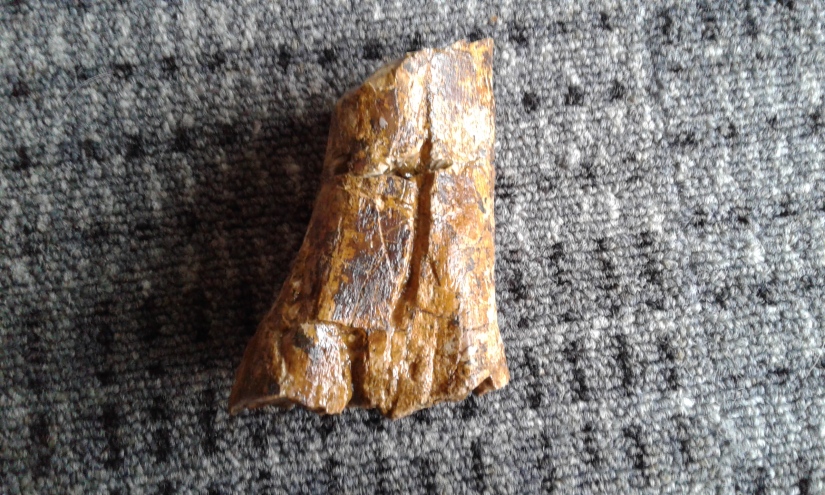
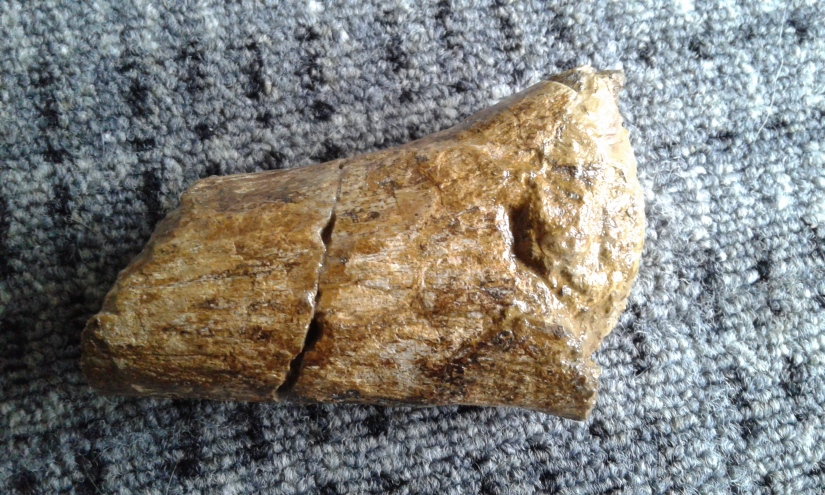
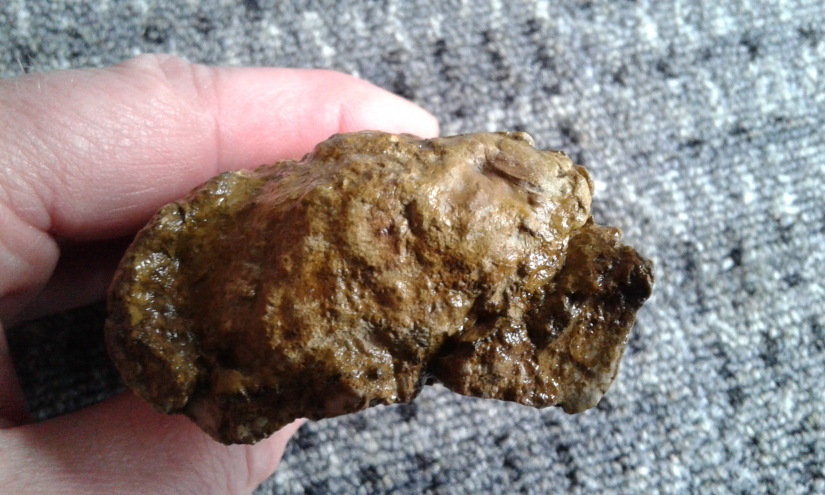
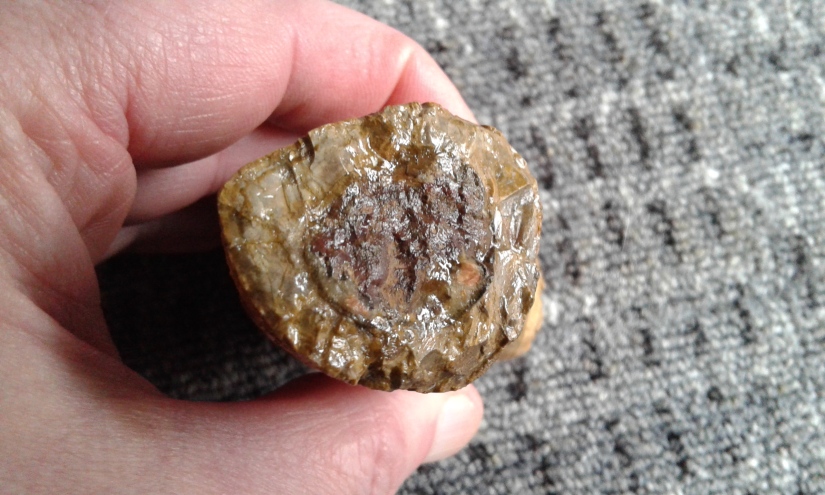
It’s not really possible to identify which species our tibia belonged to but we can imagine that it would be not too disimilar to the above picture of Eotyrannus in both looks and size (ours perhaps slightly smaller). It roamed the Cretaceous landscape about 130mya alongside our Valdosaur and all the other animals alive at the time which are no longer with us. Makes you think!
Thanks for stopping by on my site (even if it was by accident!!!).
Please give a like to let me know I’m not alone here,
Keith


